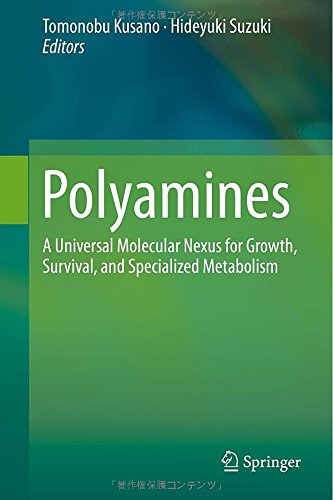

Most ebook files are in PDF format, so you can easily read them using various software such as Foxit Reader or directly on the Google Chrome browser.
Some ebook files are released by publishers in other formats such as .awz, .mobi, .epub, .fb2, etc. You may need to install specific software to read these formats on mobile/PC, such as Calibre.
Please read the tutorial at this link: https://ebookbell.com/faq
We offer FREE conversion to the popular formats you request; however, this may take some time. Therefore, right after payment, please email us, and we will try to provide the service as quickly as possible.
For some exceptional file formats or broken links (if any), please refrain from opening any disputes. Instead, email us first, and we will try to assist within a maximum of 6 hours.
EbookBell Team

0.0
0 reviewsThis book covers key topics in polyamine research from a range of organisms, including plants, mammals, and prokaryotes such as bacteria and archaea. The book provides an introduction to general concepts in the field of polyamine research, as well as more detailed information. With the availability of genome sequence data from a broad range of organisms, the evolution of the genes involved in polyamine metabolism is discussed. The mode of action of polyamines has been shown to be dependent on cation channels, and this mechanism is described in the book. The origin of polyamine transporters (from bacteria, yeasts, and plants) is described. The various effects of polyamines on growth and survival are also documented. The book details the mechanisms of polyamine homeostasis and the role of polyamine molecules as precursors of secondary metabolites such as plant alkaloids and toxins derived from spiders and wasps. The role of polyamines in longevity and disease is discussed. A link between polyamine contents and cancer progression is reported, as is the use of polyamine metabolites as diagnostic markers in the initial stages of cancer. Moreover, a novel approach that utilizes the polyamine pathway of a parasite as a drug target in African sleeping sickness is described. Therefore, this book is a valuable resource, both as a textbook for undergraduate and graduate students and also as a reference book for front-line polyamine researchers.